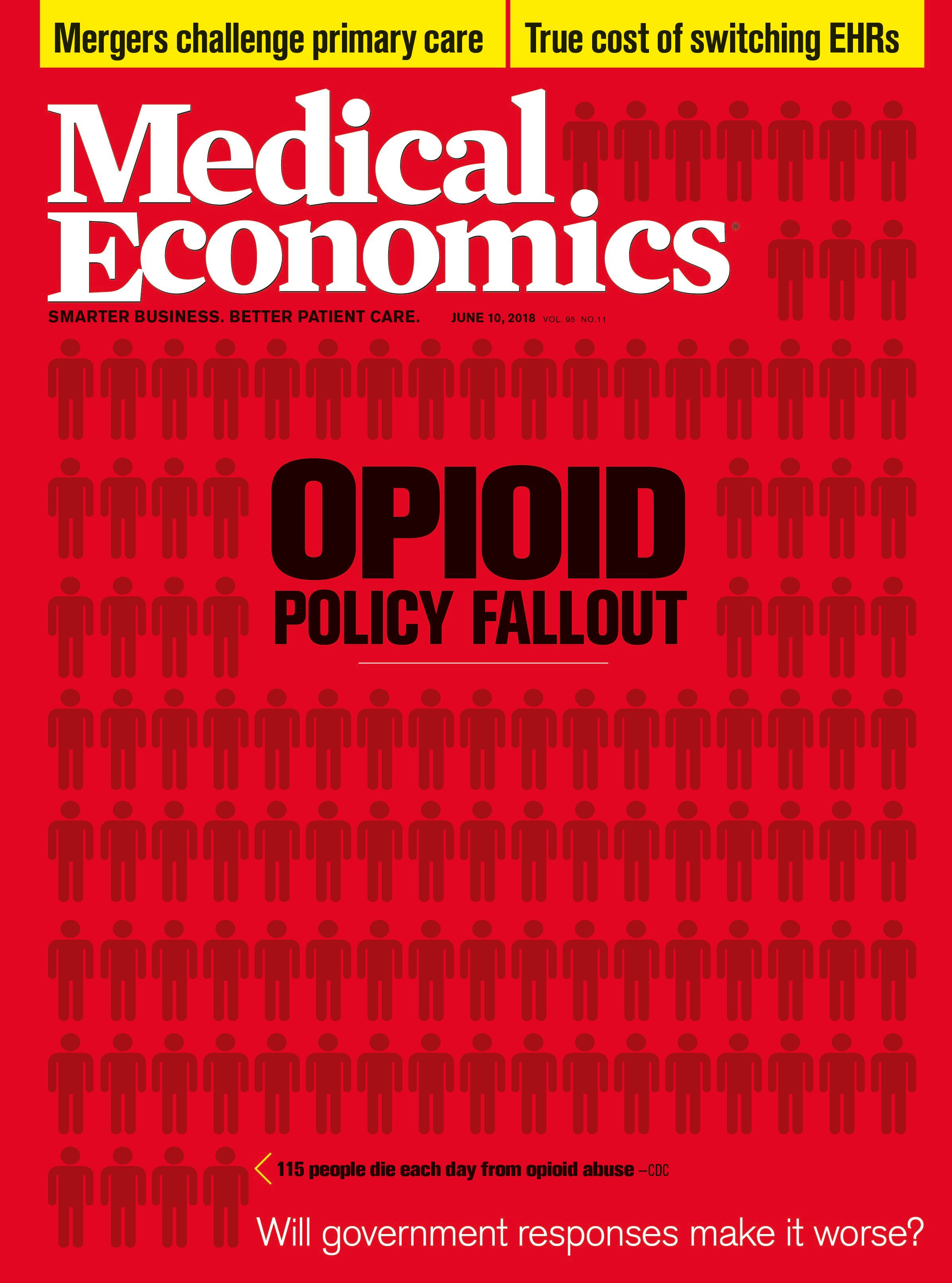- Revenue Cycle Management
- COVID-19
- Reimbursement
- Diabetes Awareness Month
- Risk Management
- Patient Retention
- Staffing
- Medical Economics® 100th Anniversary
- Coding and documentation
- Business of Endocrinology
- Telehealth
- Physicians Financial News
- Cybersecurity
- Cardiovascular Clinical Consult
- Locum Tenens, brought to you by LocumLife®
- Weight Management
- Business of Women's Health
- Practice Efficiency
- Finance and Wealth
- EHRs
- Remote Patient Monitoring
- Sponsored Webinars
- Medical Technology
- Billing and collections
- Acute Pain Management
- Exclusive Content
- Value-based Care
- Business of Pediatrics
- Concierge Medicine 2.0 by Castle Connolly Private Health Partners
- Practice Growth
- Concierge Medicine
- Business of Cardiology
- Implementing the Topcon Ocular Telehealth Platform
- Malpractice
- Influenza
- Sexual Health
- Chronic Conditions
- Technology
- Legal and Policy
- Money
- Opinion
- Vaccines
- Practice Management
- Patient Relations
- Careers
Why primary care access is wildly overstated
Having health insurance does not guarantee access to primary care.
Physicians operate their practice like a business. That means the way the government calculates patient access is dead wrong.
There are three reasons. First, physicians must meet payroll, pay rent and utilities, secure insurance, and repay student loans. So a physician may “choose” to not accept a new patient. Actually, it’s a patient’s insurance that they are choosing to accept or decline.
Second, most practices have multiple physicians. In Mississippi, we found the average primary care practice was composed of three physicians. As such, they share office space, staff, and business practices. As a business decision, they may choose not to accept new Medicare patients in their practice.
Having health insurances does not automatically equal access to healthcare. We called all the primary care practices in the state of Mississippi. Patients with some form of Blue Cross & Blue Shield insurance, some 95 percent of practices, were willing to set a new patient appointment. If you had Medicare, the acceptance rate statewide was closer to 75 percent. But only about half of the practices would consider accepting a patient with Medicaid (a needs-based insurance). Having health insurance did not guarantee access to primary care. It depended on the type of health insurance.
Third, the federal government treats each individual physician as a stand-alone point of access to the healthcare system. Three physicians equals three access points, despite the fact that all three have agreed on what kinds of health insurance to accept from new patients. This calculation, called the Health Professional Shortage Area (HPSA), is an important score. When your county’s HPSA score is high (which is bad) a number of programs designed to address the physician shortage problem kick in. There are multiple programs that offer incentives for physicians and other healthcare professionals to come and practice medicine in those underserved areas.
The problem is HPSA scores drastically overstate access. Take a typical rural county in Mississippi. There might be nine primary care physicians in the county. The HPSA score would be based on nine individual, independent, access points. The more physicians there are, the lower the HPSA score. But, those nine physicians are grouped in three practices. Nothing has changed except that we are now recognizing the reality of the marketplace.
The HPSA scores need to take into account the reality of access, how it differs across payer types and how there are fewer access points than records would suggest.
The first step is to have every physician report on their annual license renewal form if they are in a practice and who they practice with. The second action is for physicians to report on their annual licensure form what percentage of their patients have different kinds of insurance. From that, we can calculate the acceptance rates for different insurance type by county and adjust HPSA scores accordingly. For example, a county with low acceptance of Medicaid would earn a high HPSA score and multiple programs would kick in to encourage physicians to move to and serve that area.
We can address the imbalance between the demand for healthcare and the supply of healthcare. We need to start by more accurately measuring that imbalance. And it is as easy as changing the physician license renewal form. The results will be better allocation of healthcare to underserved places.
Ronald E. Cossman, PhD, is a research professor and health geographer at the Social Science Research Center at the Mississippi State University. He is director of the Mississippi Center for Health Workforce.

